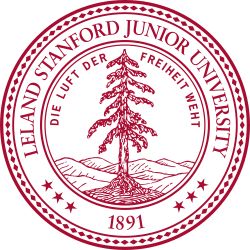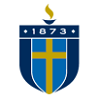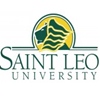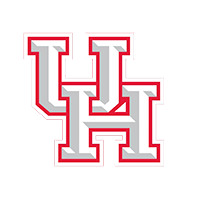The University of Houston (UH) is a public research university in Houston, Texas, USA. The following is a detailed introduction to the school:
School History
Founded on March 7, 1927, it was originally named Houston Junior College and was managed by the "Houston Independent School District".
In 1933, it developed into a four-year college and was renamed the University of Houston.
In 1945, the City Council established a university board, and the University of Houston was officially separated from the "school district".
In 1963, it became a state university.
In 1971, due to its successful sports programs, it was admitted to the Southwest Conference.
School Size
With nearly 35,000 students, it is the third largest university in Texas.
The campus covers an area of 895 acres and is distributed across 4 campuses.
Academic Strength
Ranking: In "U.S. News & World Report", the rankings of various colleges and departments in the United States are generally between the top 5 and 180. Among them, the natural sciences ranked 10th in the United States, the hotel management school ranked top five in the United States, the law school ranked top 50 in the United States, health law and policy ranked second in the United States, and intellectual property law ranked third in the United States. The Princeton Review ranked the University of Houston as one of the top 50 research universities in the United States, and the Academic Ranking of World Universities ranked it as one of the top 300 in the world.
Discipline settings: Disciples cover finance, law, engineering technology, management, environment, architecture, education, science, tourism, agriculture and forestry, humanities and arts, social sciences, biology, sports, journalism, information science, medicine, language, natural science and many other fields. Advantageous disciplines include natural sciences, engineering, business and law.
College settings: There are 12 academic colleges, including the School of Architecture, the School of Business, the School of Literature and Social Sciences, the School of Education, the School of Engineering, the School of Technology, the School of Natural Sciences and Mathematics, the School of Pharmacy, the School of Optics, the School of Hotel Management, the School of Law, the Graduate School of Social Work, etc.
Scientific research results: There are more than 40 research centers, and more than 300 government and private enterprises have established cooperative relations, and have achieved great results in superconductivity, biomedical engineering, economics, education, oil exploration, virtual technology, etc.
Application conditions
Undergraduates: need to provide recommendation letters, personal resumes, personal statements, IELTS scores of 6.5 or above [6 points for Clearlake Campus, 6 points for Downtown Campus, 5.5 points for Victoria Campus], TOEFL scores and SAT scores and other relevant materials.
Graduate students: need to provide IELTS scores of 6.5 Score and above [Accepted by the School of Optometry, College of Natural Sciences, School of Pharmacy, School of Social Services, Cullen School of Engineering, School of Education, School of Architecture, School of Business and Technology, School of Hotel Management, and Law Center. Please contact the school for score requirements; Bauer School of Business and School of Pharmacy 6.5 points, Clearlake Campus 6 points, Victoria Campus 5.5 points], GRE scores, TOEFL scores, letters of recommendation, personal statements, resumes, and other relevant materials. Both undergraduate and graduate applications require a rigorous interview.
Campus Life
Student Composition: It is the second most ethnically diverse major research university in the United States, with students from more than 137 countries and regions, including 33.2% Hispanics, 22.1% Asian Americans, 20.0% whites, 10.9% African Americans, 9.4% international students, 2.9% multiracial, 0.1% Native Americans, and 0.1% Hawaiian/Pacific Islanders.
Student Organizations: There are more than 500 active student organizations, providing students with rich social and development opportunities.
Campus Facilities: The campus has 264,000 square feet of fitness facilities, 8,397-bed dormitories, etc., as well as a world-class library and advanced teaching facilities, providing students with a good learning and living environment.
Career Guidance: The school maintains a close cooperative relationship with many companies and institutions in the Houston area, providing students with a wealth of internship and employment opportunities, and has a career guidance center to help students smoothly enter the workplace.
-

Harvard University
-

Massachusetts Institute of Technology
-

South University
-

University of West Georgia
-

Stanford University
-

Northwest Nazarene University
-

Hawaii Pacific University
-

Shorter University
-

Nova Southeastern University
-

Saint Leo University
-

Mesoamerican University
-

Istmo University
-

Mariano Galvez University of Guatemala
-

Regional University of Guatemala
-

Galileo University
-

Francisco Marroquín University
-

Rafael Landívar University
-

University of the Valley of Guatemala
-

University of San Carlos of Guatemala
-

Technological Institute of Tlaxcala Plateau
-

Golfo University
-

Technological University of South Sonora
-

Technological University of Huejotzingo
-

Tizimín Institute of Technology
-

Chilpancingo Institute of Technology

